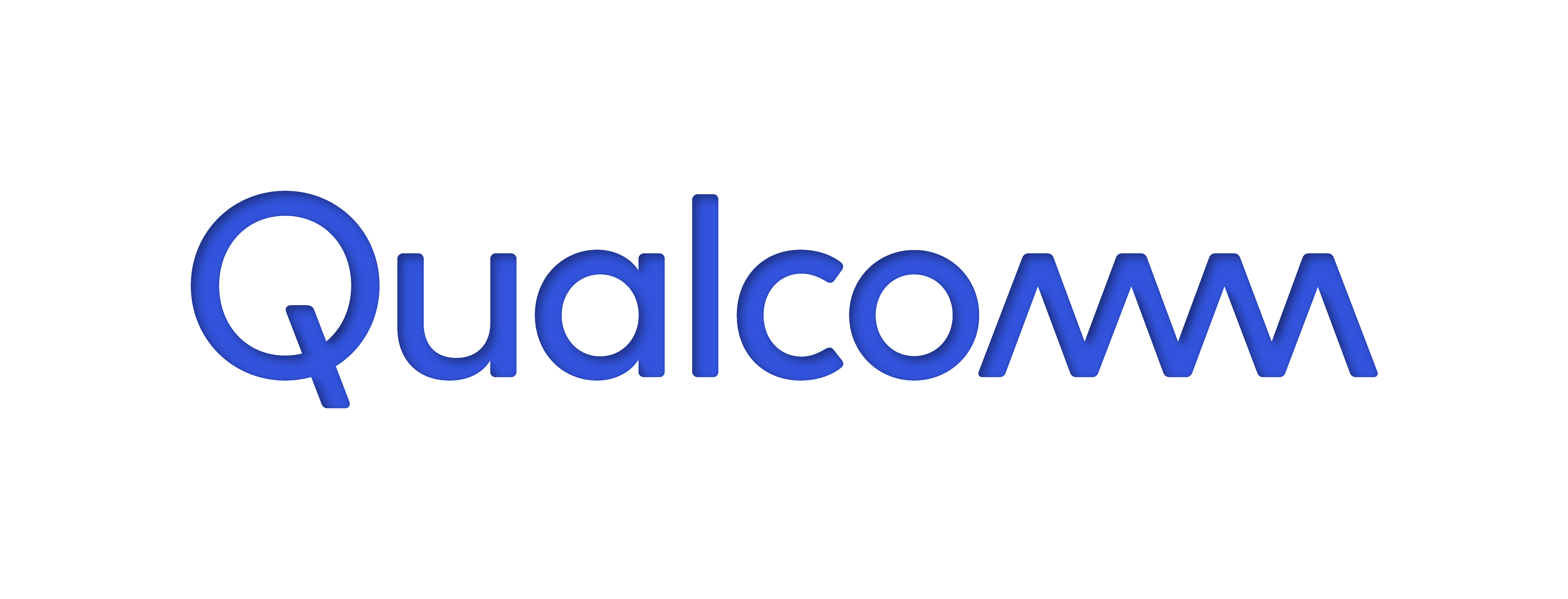Power of mLearning in Kenya
In 2003, primary school education in Kenya was made free for all and it became possible for unprecedented numbers of young Kenyans to enroll. Although the government succeeded in getting pupils through the school doors, challenges such as teacher shortages, high levels of absenteeism among both students and teachers, and lack of textbooks and other educational resources all constrain provision of high quality education to all learners, particularly in public schools. In collaboration with BBOXX, eLimu Learning Company Ltd., Embakasi Garrison Primary School, and iHub Research, the Power of mLearning in Kenya program demonstrates how mobile broadband technology can provide solutions to these challenges. The program trains teachers from all over Nairobi to create their own learning content and to utilize advanced wireless technologies to supplement traditional learning through a revision tool that delivers high quality, locally relevant educational content.
Challenge
- Since 2008, the primary teacher-student ratio at public schools in Kenya has climbed to 1 teacher per 56 students. Meanwhile, during the same period, the percentage of total government budget allocated to the Ministry of Education has decreased.1
- Typically, three pupils share Kiswahili, English and Mathematics textbooks.
- Eleven out of 100 children in class (equivalent to "grade" in the U.S.) 8 cannot do simple class 2 division. Seven out of 100 can neither read a simple English nor a Kiswahili story.2
- One out of fi ve children in classes 6 to 8 cannot tell the meaning of the colours on the Kenyan flag.
Solution
- The Power of mLearning in Kenya program solution utilizes the eLimu model by taking Kenyan curriculum content from textbooks and adding interactive, engaging, and locally contextualized aspects through the form of videos, animations, songs, games, and quizzes that are then made available through 3G-enabled wireless tablets.
- Use of mobile broadband technology in the classroom aims to improve learning outcomes, social awareness, good citizenship and cognitive thinking.
- Student absenteeism is being targeted by engaging students’ interest in high quality educational content through the use of innovative technology, and capturing pupils’ imagination within the classroom.
- Sustainability is key to success. The school has been provided with solar powered solutions through BBOXX, so the entire program is off -grid, reducing fi nancial pressure on the school’s electricity supply.
- Teachers, parents, and the wider school community are involved in the implementation and running of the program to promote its success for years to come.
1 Kenya Facts and Figures 2012” Kenya National Bureau of Statistics.
2 http://www.uwezo.net/wp-content/uploads/2012/08/Summary-Findings-A4-Primary-Facts-FOR-WEB.pdf

